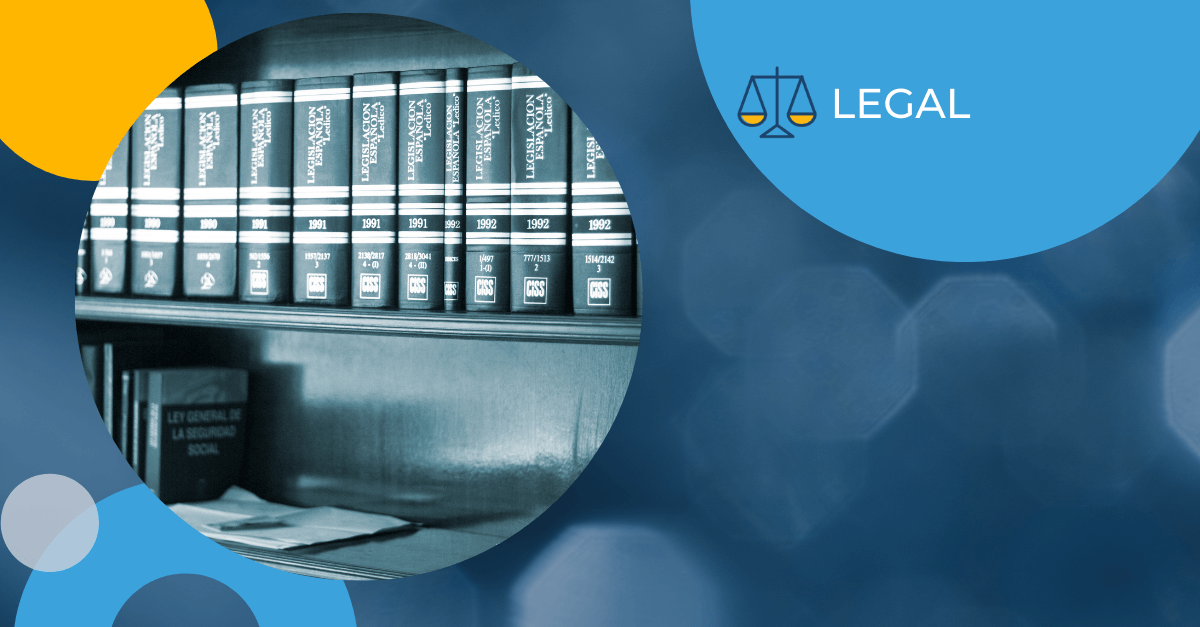Legal document translation is a specialized discipline that requires mastery of both the source and target languages, and an in-depth understanding of the relevant legal terminology. It helps to be familiar with the subject matter/practice area as well as the legal system where the translation will be submitted. Clear communication with your translation company, including any details you can provide about the case and how and where the translation will be used, will help ensure that the legal translation you receive is highly accurate and relevant to your needs.
Here are 7 tips to keep in mind when briefing your legal translator, to ensure the outcome meets your expectations:
- Be clear about what needs translating
Legal documents can be lengthy and may include information that doesn’t require translation. Cover pages, signature pages, address information and handwritten notes on the margins may or may not need to be translated. To save money, be clear on which sections of the document actually need to be translated.
- Talk to your translation company about how the document will be used
Some document translations are needed for information purposes only. In other cases, the translations will be submitted in court and must be certified. Knowing what the translation is for and who the audience is will help ensure that its quality and cost meets your expectations.
- Agree on a glossary of key terms
When a legal term in English has more than one foreign language equivalent, you may want to designate the foreign language term you prefer so that it is used consistently throughout the document (and throughout every document related to your specific legal latter). Getting this done at the start of the translation process will help to reduce scope for error further down the line.
- Double-check the dialect
Just as there are variations in spelling and style across Anglophone countries, the same is true for other languages. In some cases, like Chinese, Spanish and Portuguese, the differences are quite significant and potentially of critical importance in a legal content. Translating a document into Spanish for Mexico? Make sure your translator is aware of this and understands the difference between Latin American Spanish and European Spanish.
- Understand the legal system
Understanding the target country’s legal system is an often overlooked but critical aspect of legal document translation, especially if the documents in question relate to complex litigation. Each country’s legal system includes culturally-dependent concepts that are reflected in the legal language included in contracts, agreements, etc. In particular, legal documents that are translated for court must use the precise legal terminology employed in that country.
- Be clear about how you would like the document to be formatted
In general, legal documents are either presented in a bilingual format, where the original text and the translated version are side-by-side, or in a monolingual format, which is separate but follows the same format as the original document. Depending on how the translated document will be used, you may prefer one format or the other. If the document includes tables, graphs, or images, make sure to specify if you would like “mirror-image” formatting that looks exactly like the original document, or if just translating the text will suffice. Keep in mind that recreating the tables and images with the translated text will likely incur some formatting/DTP fees.
- Keep your translator in the loop
Deadlines can quickly change, especially during litigation. Court dates are pushed up, additional documents are unearthed during discovery, and suddenly that legal document translation that was due next week needs to be reviewed tomorrow. Keeping your translator in the loop about your changing needs and timeframes will help ensure that they provide the best possible legal translation.
 Dylan Blaney
Dylan Blaney
Vice President of Business Development Morningside, a Questel Company
Dylan Blaney is responsible for the company’s global legal translation strategy and maintaining relationships with the world’s largest corporate legal departments and law firms. Dylan expertly advises law firms and corporations on best legal translation practices, specifically implementing workflows and technology that reduce cost, improve quality, and accelerate deadlines. He specifically focuses on international litigation and arbitration, FCPA, patent litigation, M&A, internal corporate communication and documentation, and any other material that needs to be translated to ensure adequate global communication in the legal marketplace.


